Evidence-Based Techniques That Work
The most important way to improve your study habits is to ground them in metacognition. Metacognition is the process of thinking about your own thinking—it involves being aware of how you learn, monitoring your understanding, and adjusting your strategies to study more effectively. Using metacognitive strategies (like the ones described below) can make you a more independent and efficient learner. Research shows that metacognitive awareness improves academic performance by helping students focus on meaningful, active learning rather than passive review.

Studying is an active process. Be settled in and alert before you begin, and ready to be hungry and tired when you're finished. It should require all your focus, and it should feel like work, not leisure time. Don't study while you watch a show or scroll.
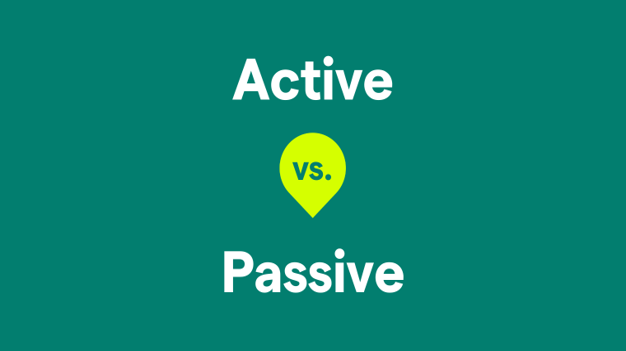
Use active strategies that work for you. You should be "doing," not just waiting to magically absorb the information. For example, create a study guide, outline content, make diagrams, collate info in tables, and test yourself.

Many students gloss over their content and never figure out what they know and what they don't. This can be scary at first, but you have to break THROUGH and go deeper into the content to reach true understanding.
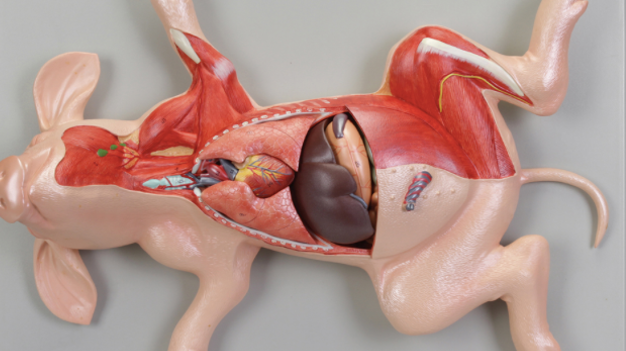
Never, ever, write down a word you do not FULLY understand. If you know a figure is important, do not just memorize it. You need to know what every term and every arrow means to fully understand the concept.

Say it out loud. Teach to your friends, plants, or stuffed bear! Trying to explain the content out loud helps you find the holes and gaps in your knowledge. If you can't teach it, then you don't know it well enough yet.
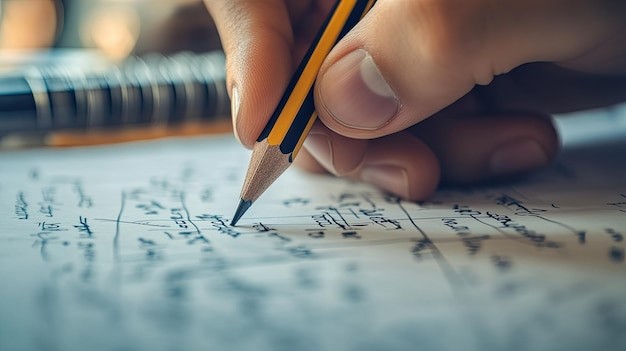
Once you think you have a grasp of the content, close your materials. Get out a blank sheet of paper and write down everything you know. Again, this helps find the holes in your understanding and where to focus.
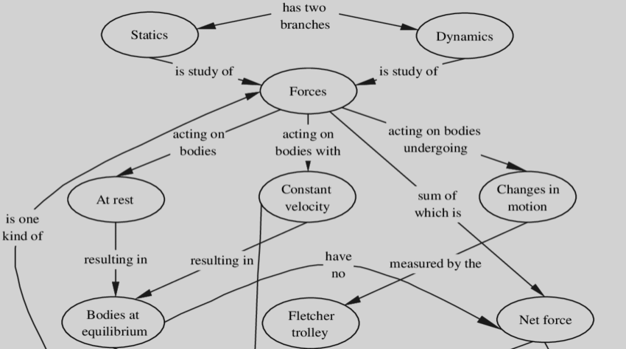
Concept maps are excellent study tools because they help students actively organize and visualize information, leading to deeper understanding and better memory retention.
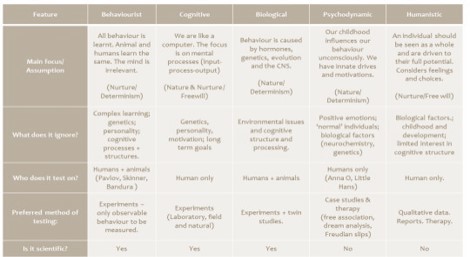
Tables are extremely useful in studying because they help organize information, improve memorization, support active processing, help reveal patterns and connections, can simplify complicated topics, and can be used for easy self-testing.
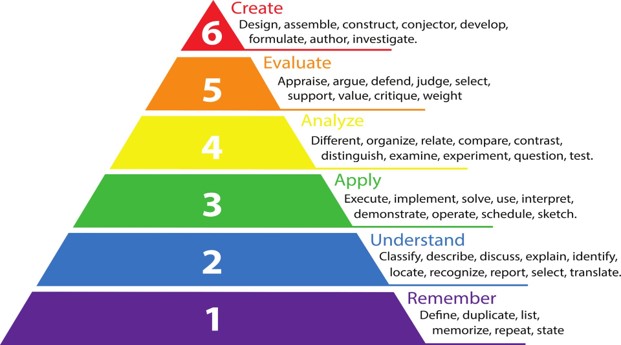
Bloom’s Taxonomy classifies educational goals into levels of thinking. Going higher on Bloom’s (e.g., from remembering to applying) helps move you beyond memorization to truly understanding and applying, which leads to deeper learning and better long-term retention
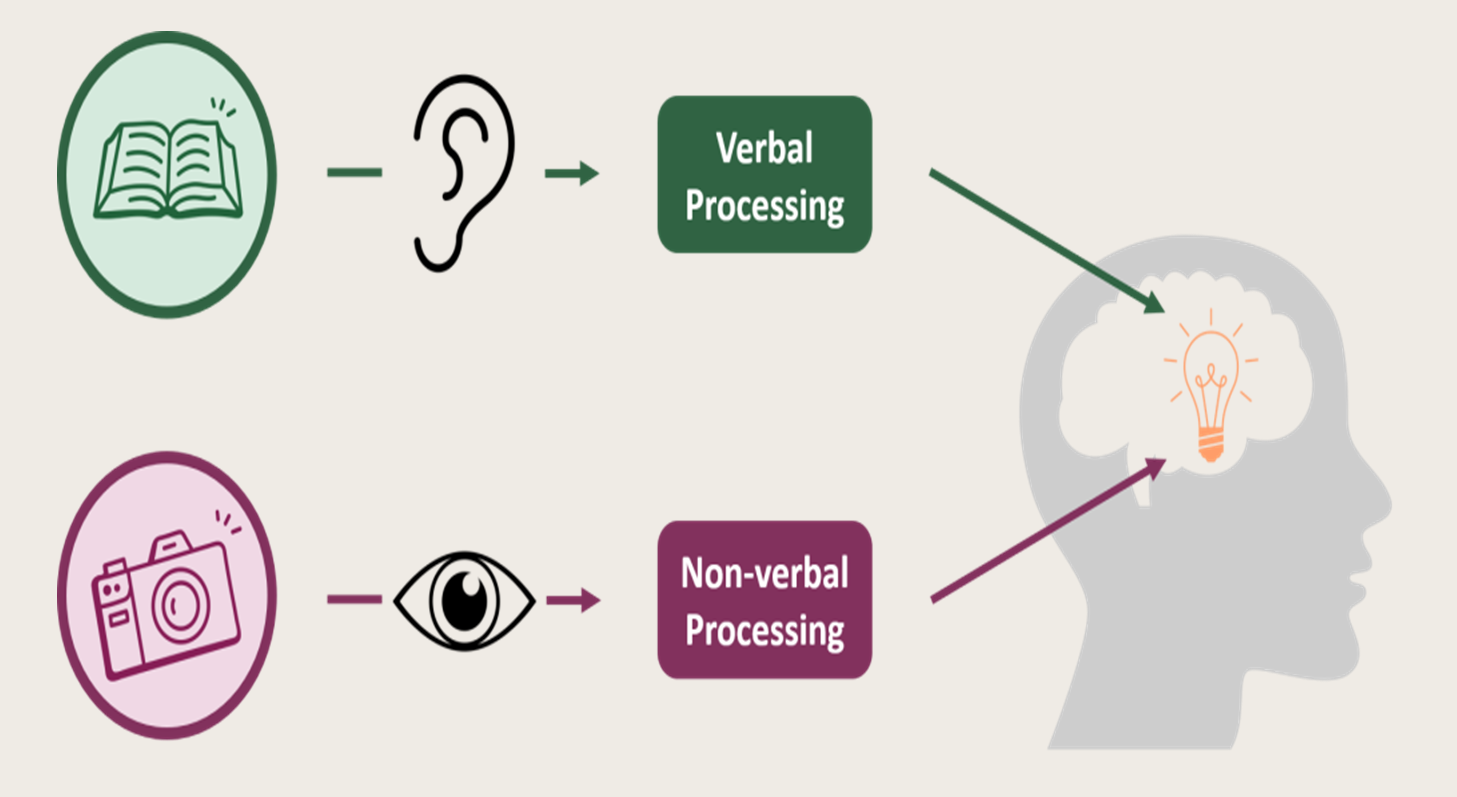
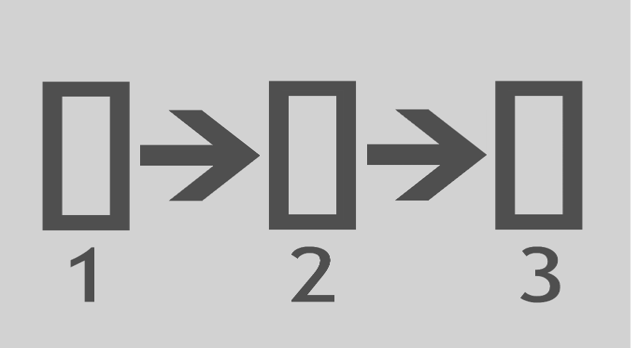
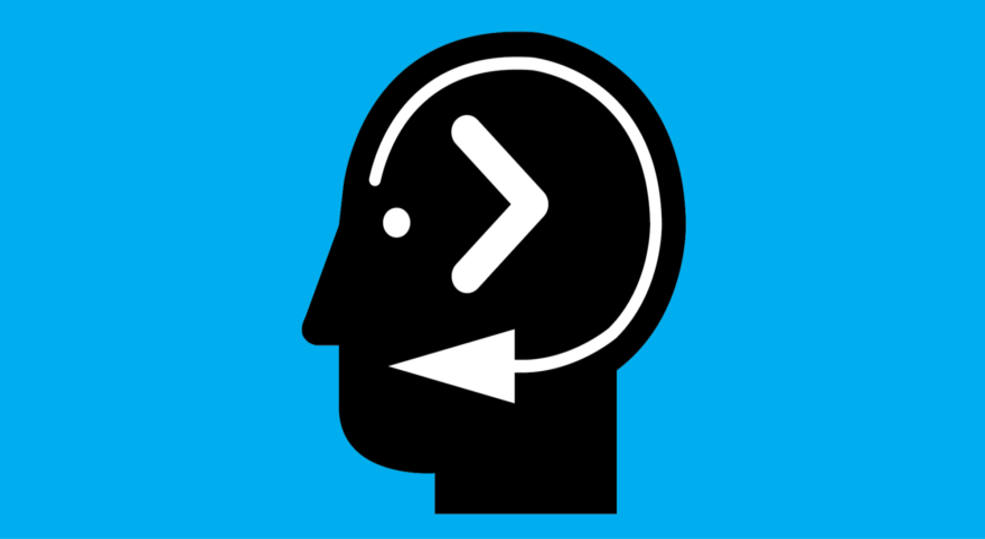
Some of the links on this page may require additional software to view.

